Dutch vs Nature Style Planted Aquariums
Aquascaping is the artistic technique of using rocks, stones, cave pieces, or plants to decorate an aquarium. Although there are countless ways to create and maintain a planted aquarium, two main schools of thought are commonly used for creating an aquascaped planted aquarium: the Dutch Style and the Nature Style. Some people will exclusively follow one or the other, while others will loosely follow the rules of both styles. You decide what styles will achieve your preferences.
DUTCH STYLE AQUARIUM
The Dutch aquarium style has been around since the early 20th century. In a Dutch aquarium, the plants are the primary focus. These aquariums are like miniature gardens with tall plants in the back and shorter plants in the front. The lowest point is usually in the center front, but if it is a larger tank, there can be a couple of focal point front areas. Lines of plants with different leaf types and colors are usually arranged in rows that point to the focal point(s).
Dutch Style Discus Aquarium
Dutch Style Aquarium with Discus and Other Fishes
Dutch aquariums feature very colorful aquatic plants. They may not be the most natural looking, but they are extremely beautiful and visually appealing. A hardscape (rocks and/or driftwood) is not the focus and is usually not included or invisible. In this type of tank, color, contrast, and the individual plants are key.
In the 1940s, the NBAT, the Dutch Aquarium Society, began to host annual competitions that specified how the tanks were to look. Once these rules took hold, the Dutch style began to form. To create a Dutch style aquarium, you should:
- Place plants in a tight, manicured group.
- Use up to three kinds of plants per foot of the aquarium.
- Choose stem plants for their growth rates and how well they keep their shape.
- Organize your plants to provide maximum contrast in color and leaf shape/size.
- Include colors like light green, dark green, brown, red, pink, and purple.
- Organize your plants around the focal point(s) of your tank.
- Have no more than two focal points in your tank.
- Do not have any features in the back that catch the eye (for example, no red plants in the back).
- Make sure the tank is only viewable from one side (you can conceal the back wall and sides with mosses and java fern).
- Use only one kind of rock or wood in your tank.
- Use a variety of fish in the bottom, middle, and top zones of the tank.
- Use fish that are different shapes, colors, and sizes.
- Use the least number of species of fish possible.
Typical technical specifications for Dutch aquariums are:
- Tank – 90 to 300 gallons
- Lighting – 1.8 wpg to 2.0 wpg with low kelvin ratings (5000k is the norm)
- Nitrate levels – above 10 ppm
- Phosphate levels – low, near 0
- Amount of Plant species – from 12 to 19
- Amount of Fish species – from 5 to 7
NATURE STYLE AQUARIUM
The Nature Style aquarium is also known as the Japanese style. It is not the same as the Natural style, which is not an aquascaping style. The Nature Style of aquascaping focuses on nature and imitates natural landscapes, almost like a snapshot of a natural environment. In this style, someone might create a version of a mountain range that has tree-lined slopes, or a scene that imitates what a small river might look like under the surface of the water.
Nature Style Aquarium with Tetra Fish
Nature Style Aquarium
Nature Style aquascapes usually come in one of three shapes: concave, convex, or triangular.
- Concave – The plants’ heights decrease to a central low point and then they slope back up.
- Convex – The plants are high in the middle and low on either side. This style is often called an “island” shape.
- Triangular – The plants form a right triangle with the height of the plants sloping from high on one side of the tank to low on the other side of the tank.
In all of these styles, there is usually only one main focal point. Most importantly, natural appearance, flow, and other Japanese gardening principles apply. Now that you know about these different styles, you can choose whether to use one or the other, or to combine their characteristics. The following aquarium displays a combination of both styles.
Combination of Dutch and Nature Styles
Now, get creative and showcase your discus!
QUESTIONS
- How do you plan on designing your aquarium: Dutch style, Nature style, or a combination of both?
- How would you like to use plants in your aquarium?
- What natural habitats would you like to make your aquarium look like?
- How will you obtain your materials?

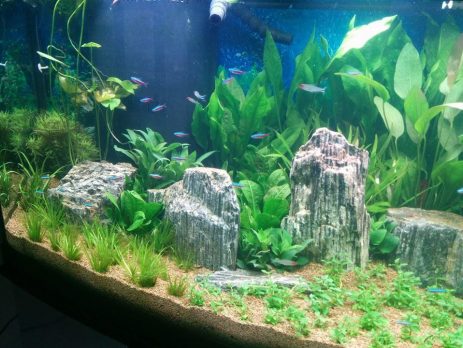

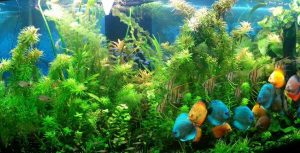
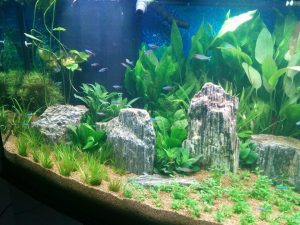


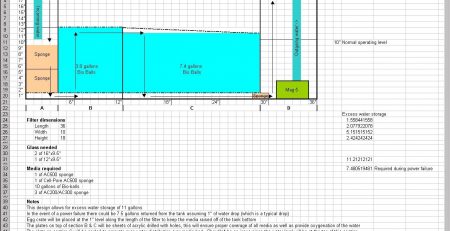
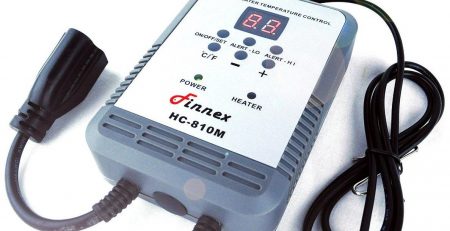
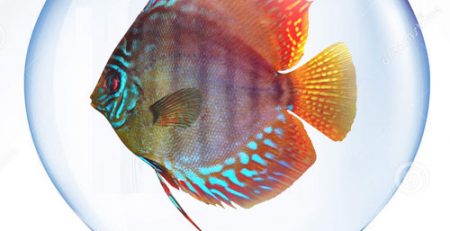
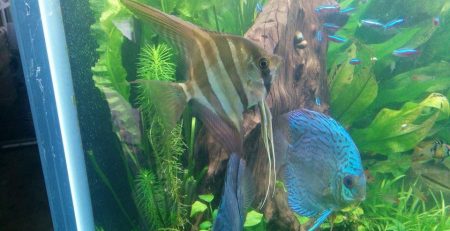
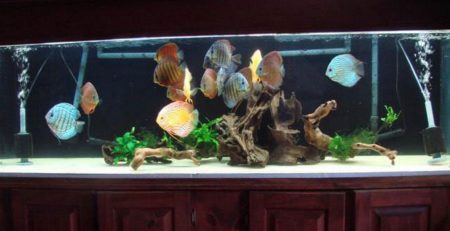
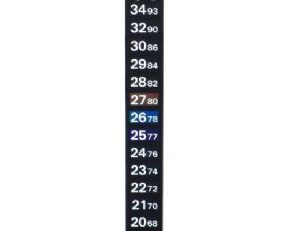



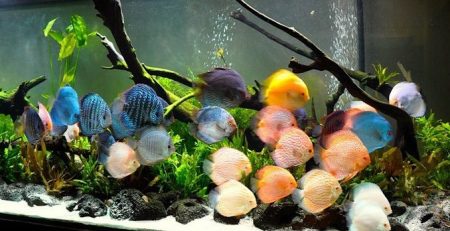
Leave a Reply
You must be logged in to post a comment.